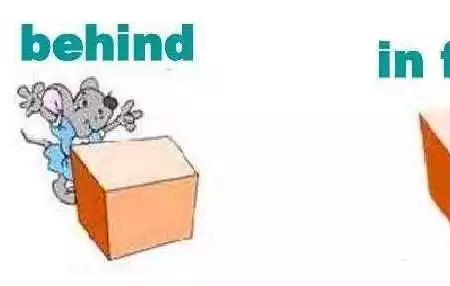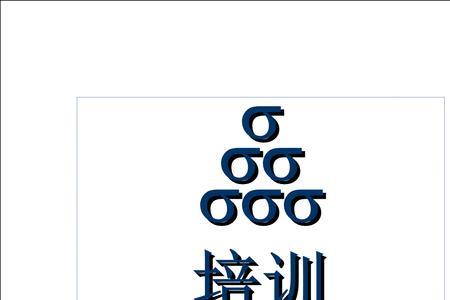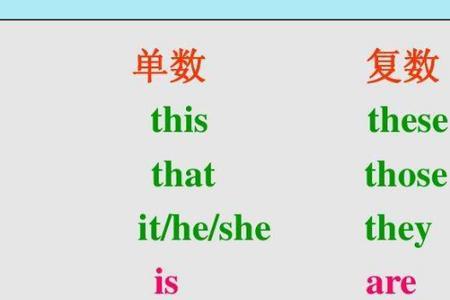因为behind和front的词性不同。
英文的方位词有两种词性,一种是介词,一种是名词。
介词方位词包括behind, above, under, in等等,在使用的时候直接加地点名词。
名词方位词包括front, back, left, right等等,在使用的时候需要先添加介词,然后才能加地点名词
如:
1,by/beside the window
在窗户旁边
(by和beside都是介词指”在旁边“,注意beside和besides区分,besides是副词,指“此外”)
among flowers 在花丛中
(among是介词,指”在…之中“)
between two man
在两名男子中间
(between是介词,指”在…中间“)
2,the teacher is in the front of the classroom 老师在教室前部
(in the front of指”在里面的前部)
a boy sitting at the back of the classroom raised his hand
坐在教室后面的一个男孩举手了
(back是名词,at the back of指”在里面的后部“)
behind, in front of
behind表示“在…后面”,而in front of表示“在…前面”。
比如:
The boy hid behind the door.孩子藏在门后。
There is a tall tree in front of the house.房子前面有棵很高的树。
The broom is behind the door.扫帚在门背后。
The lawn is in front of the house.草坪在房前面。
in the front of表示“在…(里面的)前部”。
比如:
We all sat in the front of the hall.我们都坐在会场前部。
She was in the front of garden.她在花园里前部。
behind不要连介词,front为什么要用介词
behind是表示位置的介词,表示“在…的后面"。
in front of是一个完整的介词短语,不可分开,与behind构成反义词,即"在…的前面。
一般front前面不带the,如果加了the,那意思是有区别的,比如:在公交车前面,如果说:in front of the bus(在公交车前面,车子外面的前面),而如果说:in the front of the bus(在公交车前排,即车子内部靠前的位置)。
上面的behind与in front of表示位置的前后,但表示顺序或时间的前后,需用介词before在…之前,after在…之后,比如The judge stood before them.法官坐在他们前面。The boy went fishing after he finished the homework.小男孩完成作业后去钓鱼了。
另外表示“…(时间)前"用副词ago,相反的“…(时间)后”用副词later,比如:
He joined the Party three years ago.他三年前入的党。






